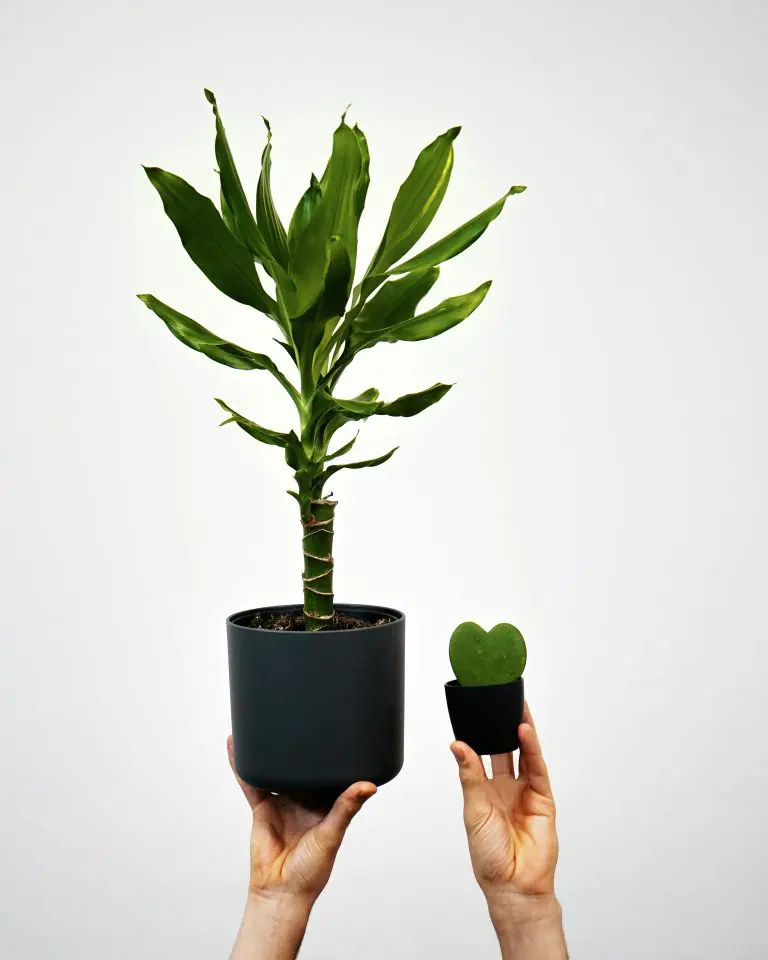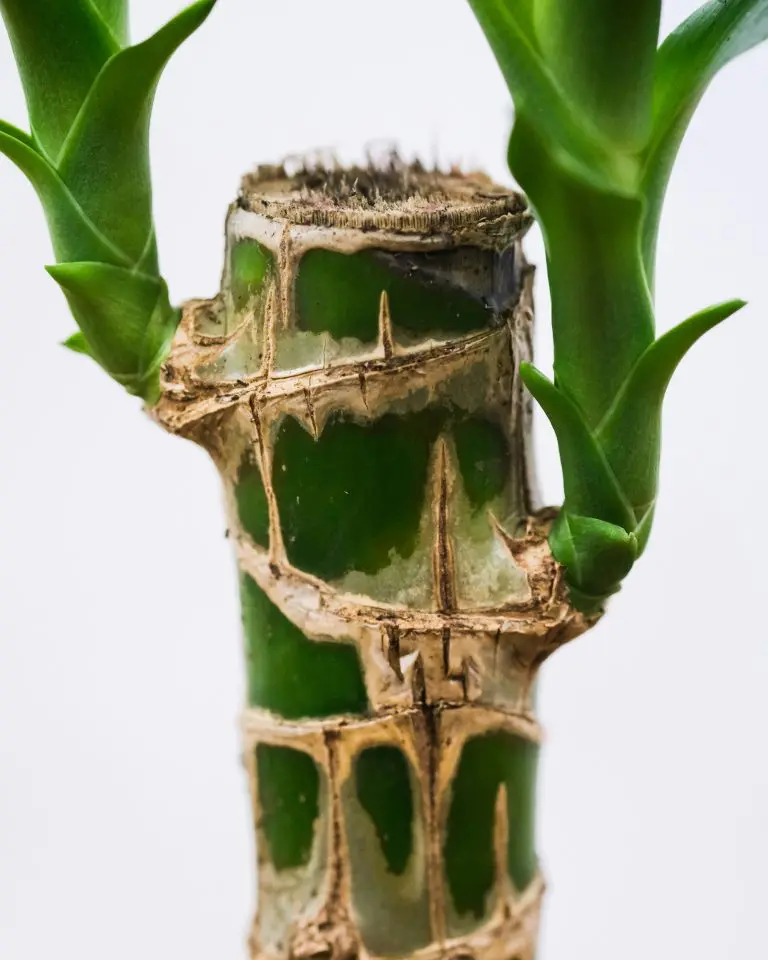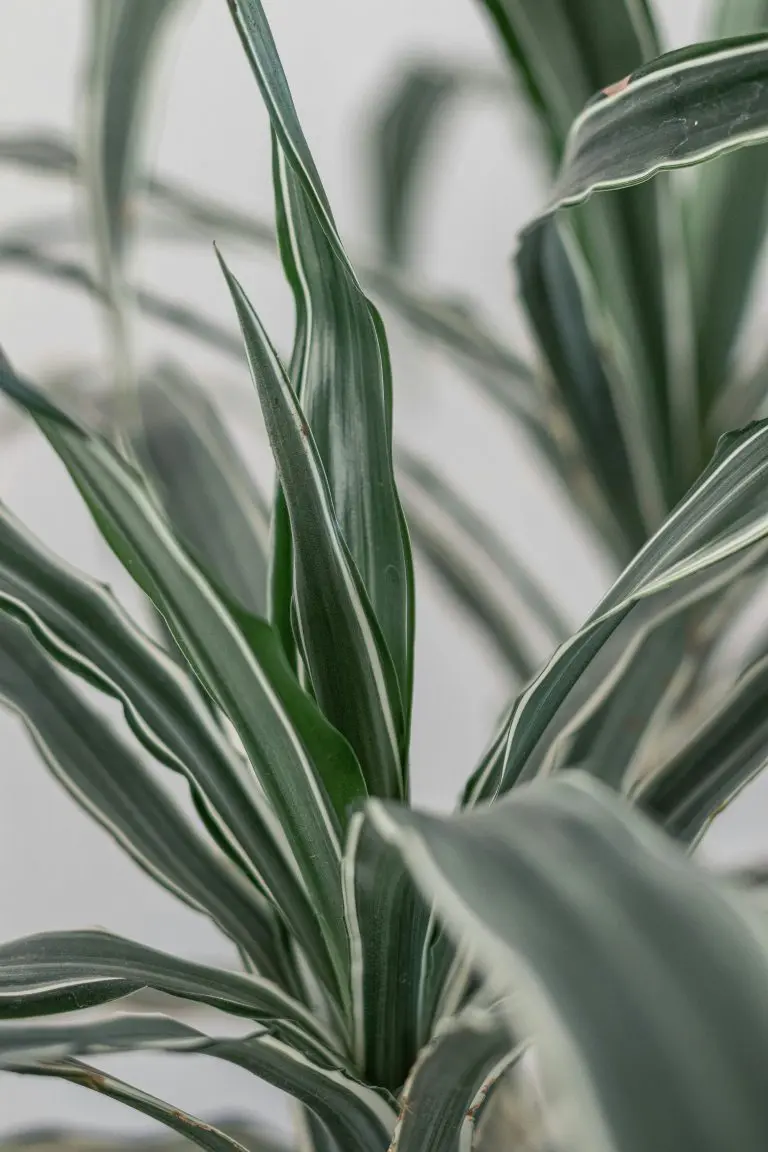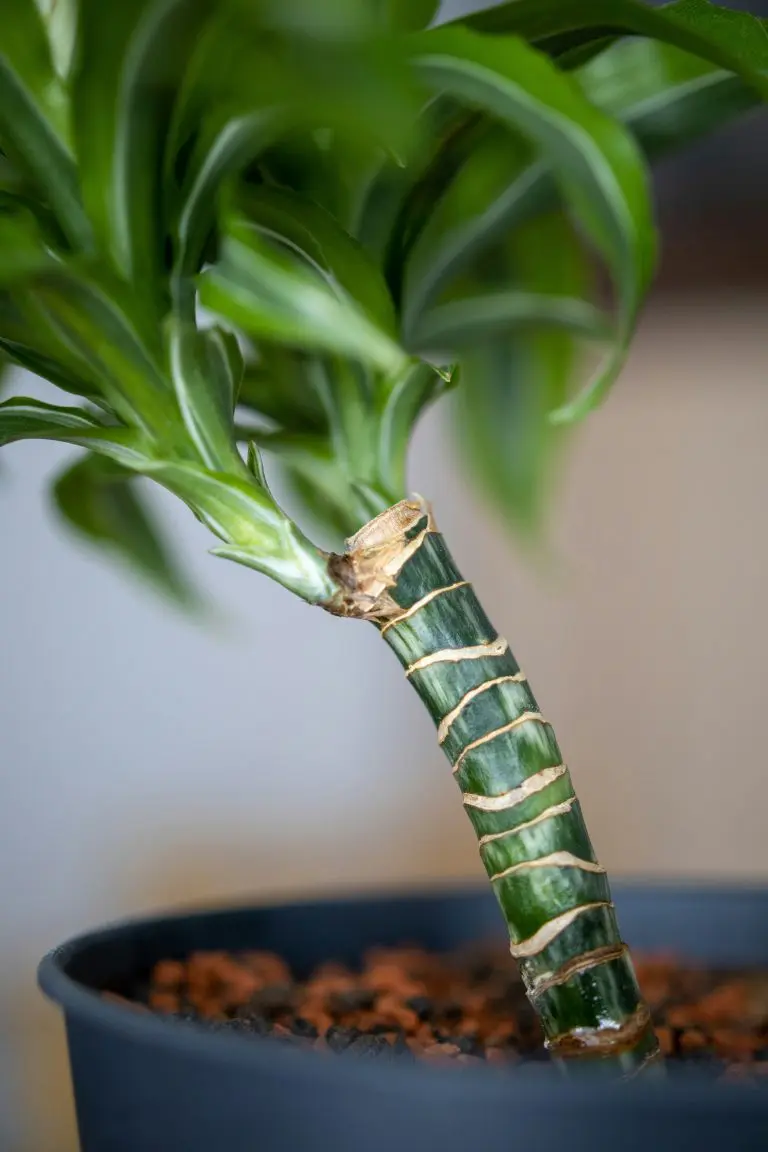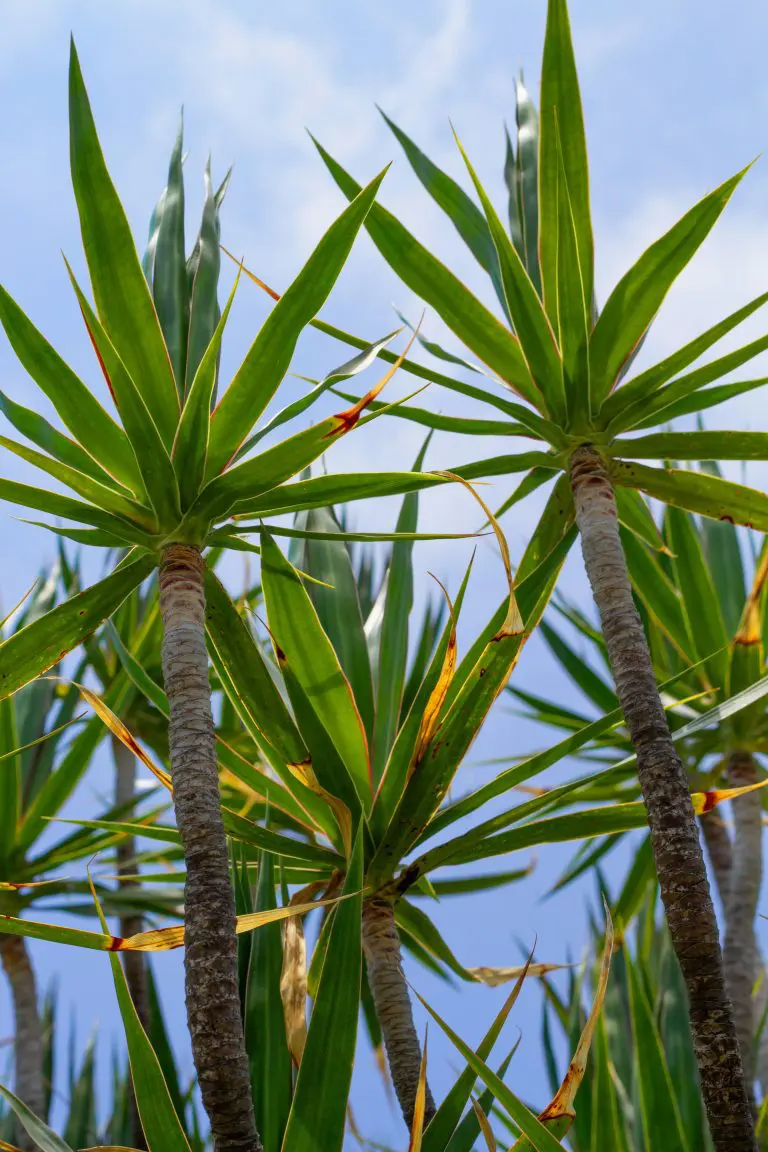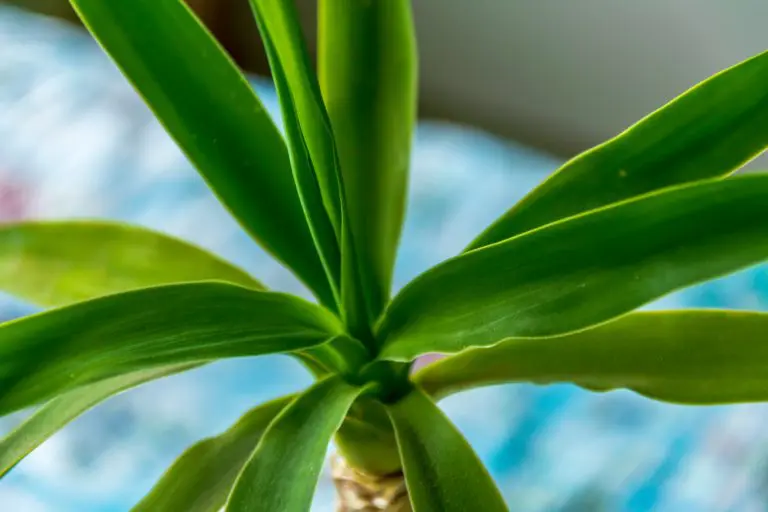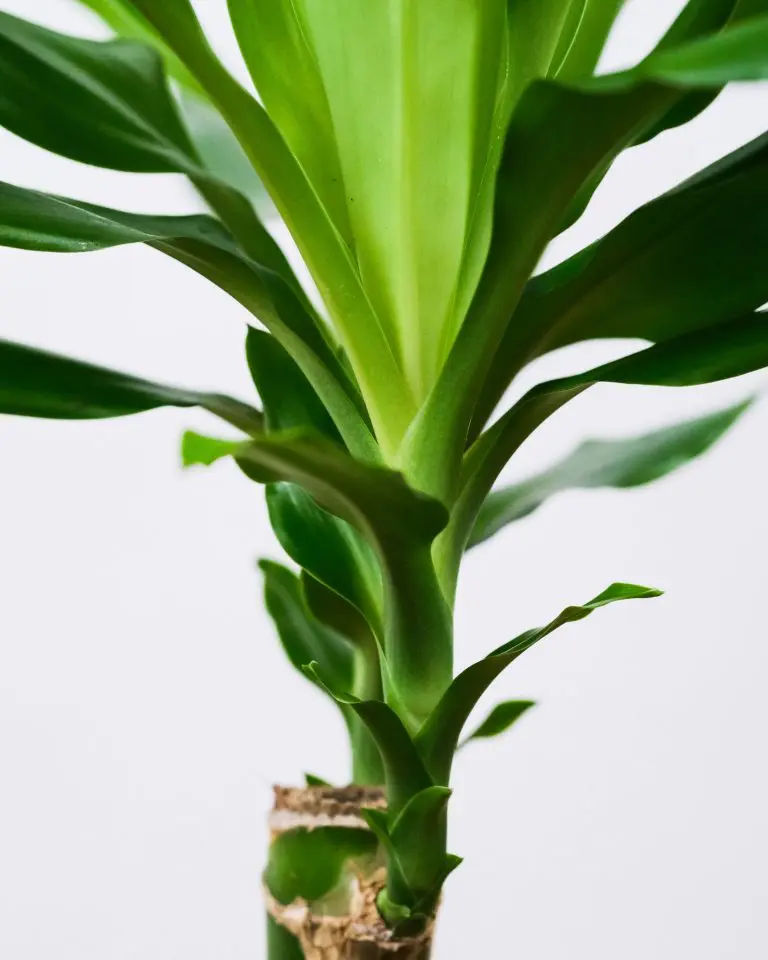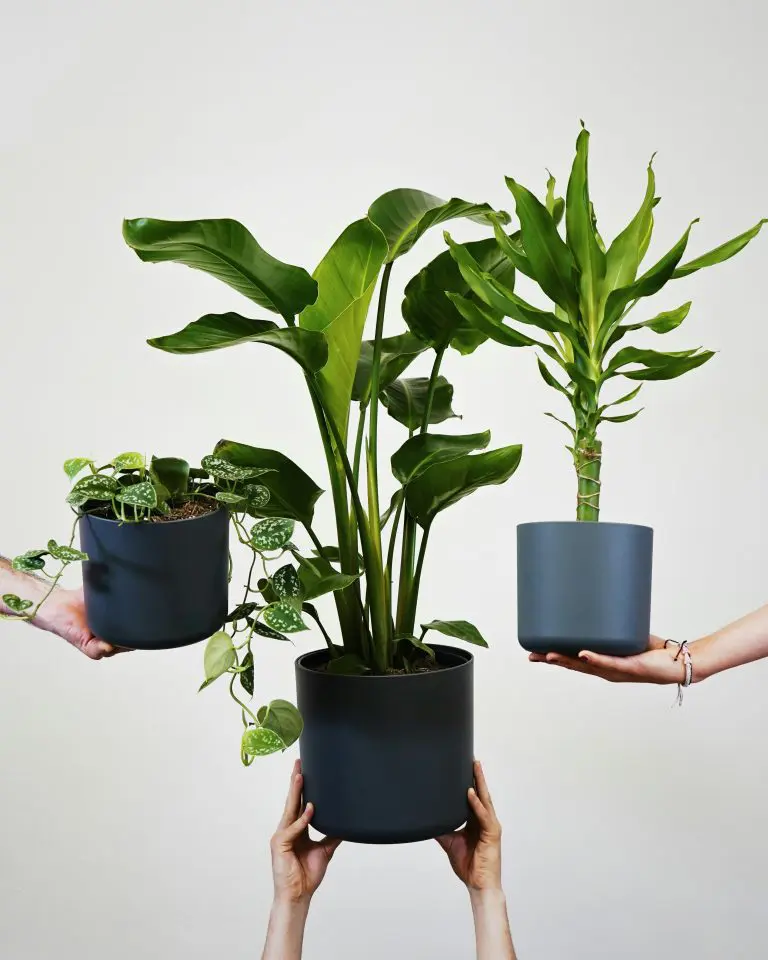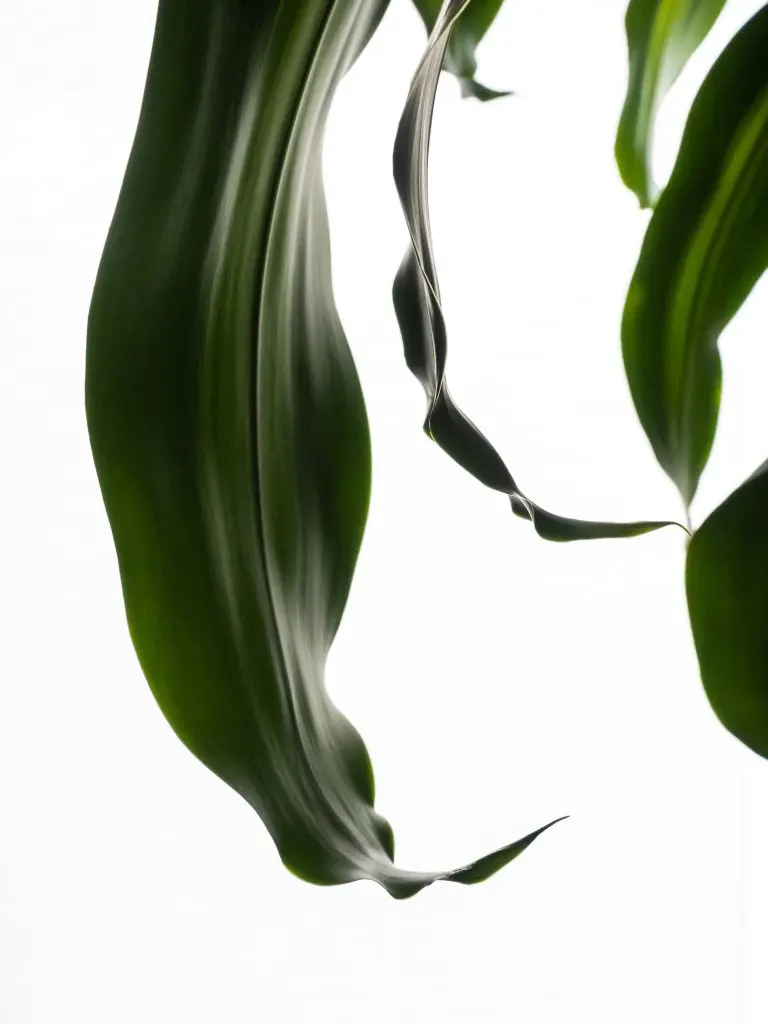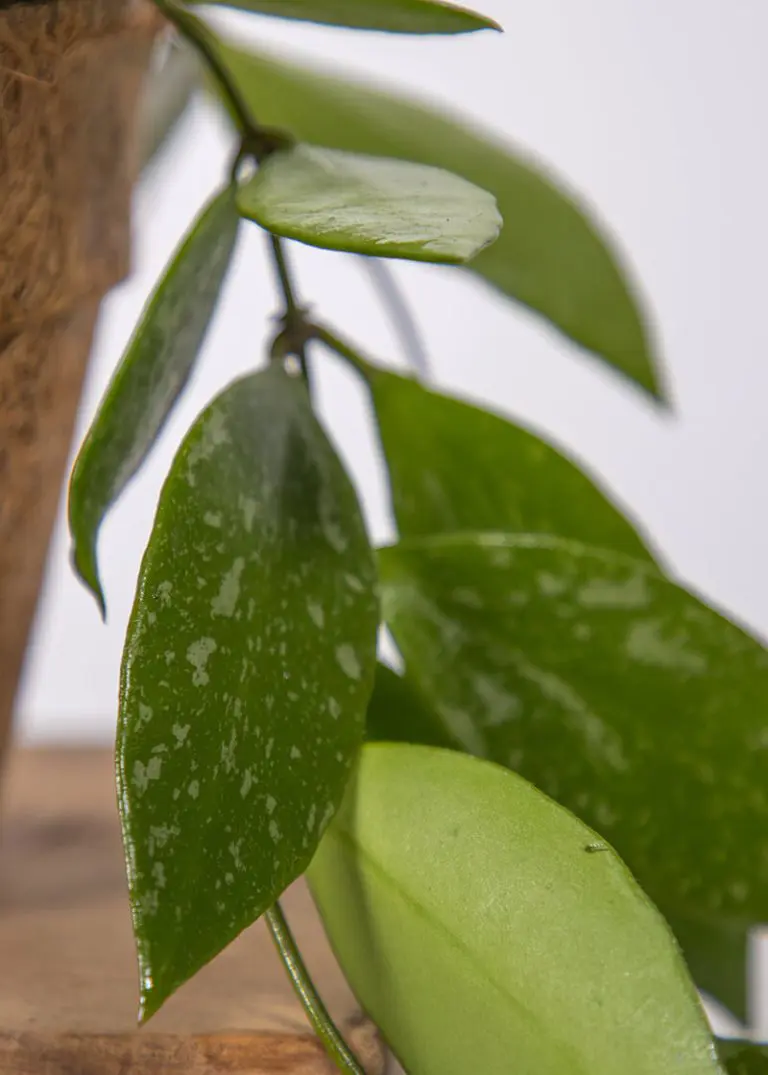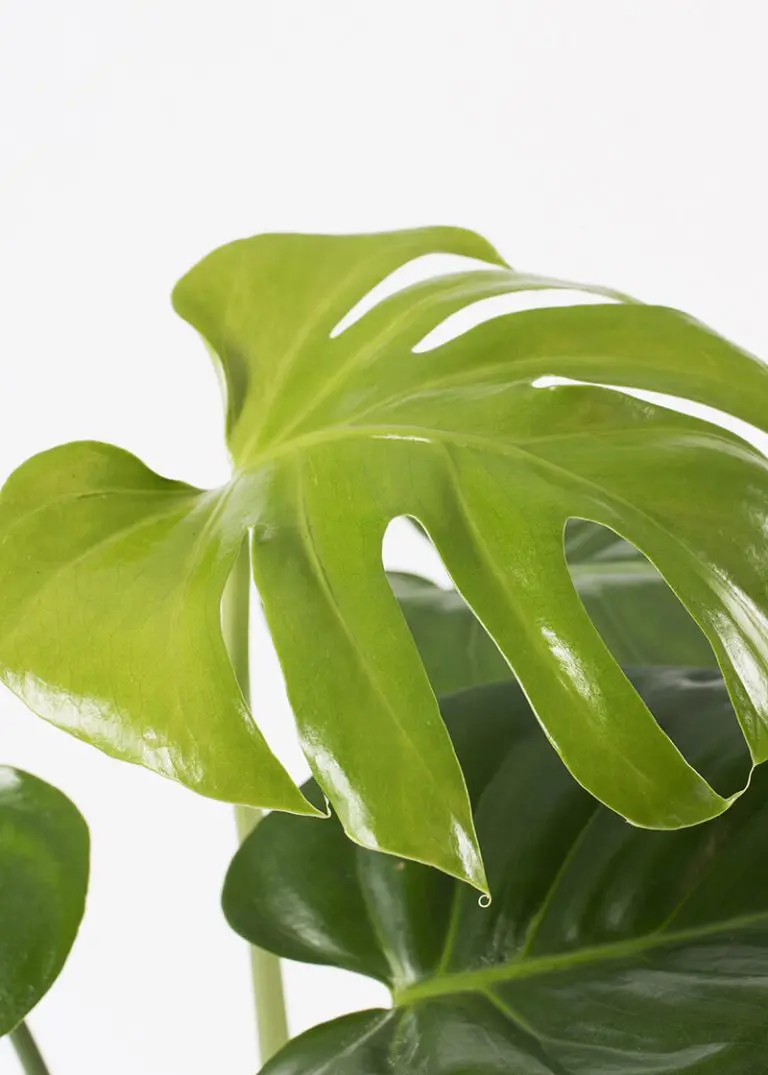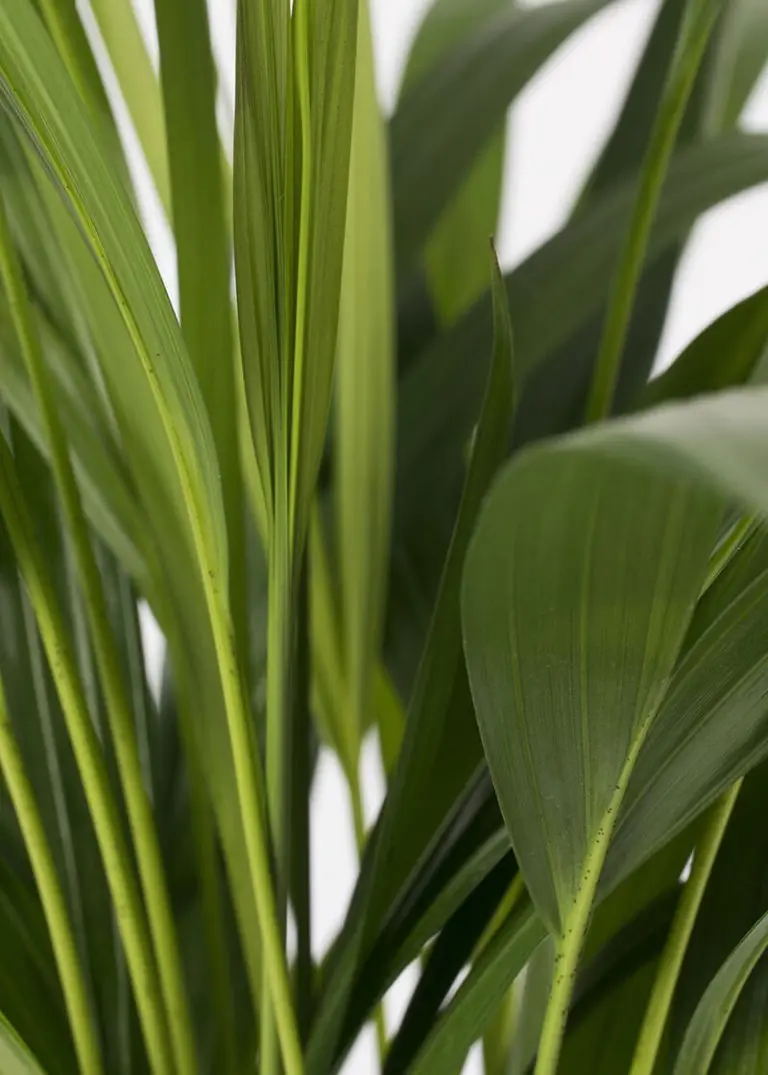


‘Janet Craig’ is one of the most popular cultivars of Dracaena fragrans.
Latin name
Dracaena fragrans ‘Janet Craig’
Pronunciation
(“dray-SEH-nah fruh-GRAHns”)
Common name
Dracaena Janet Craig
Origin
A selected cultivar of Dracaena fragrans, native to tropical Africa.
‘Janet Craig’ is one of the most popular cultivars of Dracaena fragrans. Unlike the species, which can show variegated or striped leaves in forms like ‘Massangeana’ or ‘Lemon Lime’, ‘Janet Craig’ is recognised for its broad, solid dark green leaves with a glossy finish. Leaves are typically 30–60 cm long and arch gracefully from a central cane, creating a dense rosette. Mature plants can reach over 2 m indoors with multiple stems.
It’s valued as one of the easiest and most reliable indoor plants, thriving in lower light than many other dracaenas. Its plain, uniform green makes it a versatile choice for offices and modern interiors.
Difference from Dracaena fragrans (species)
Leaf colour: Dracaena fragrans may show variegation (yellow or light green stripes), but ‘Janet Craig’ is uniformly deep green.
Leaf shape: Broader, glossier leaves than most other fragrans forms.
Use: More often used in corporate/indoor settings due to its tolerance of low light and simple, classic appearance.
Did you know?
Toxic to cats and dogs if ingested, causing vomiting, drooling, and lack of coordination. Generally safe for people but not recommended for chewing.
caring for your plant

Light
Tolerates low light better than most dracaenas, but thrives in bright, indirect light. Avoid prolonged direct sun which can scorch leaves.

Watering
Keep soil evenly moist but not soggy. Allow the top 2–3 cm of soil to dry between waterings. Overwatering is the most common cause of problems.

Pruning
Remove yellowing or damaged leaves at the base. Canes can be cut back to encourage new shoots and manage height.

Feeding
Feed with a balanced liquid fertiliser every 4–6 weeks during spring and summer. Little or no feeding needed in winter.

pest & diseases
Occasionally affected by spider mites, mealybugs, or scale. Wipe leaves regularly to reduce dust and pests. Overwatering may lead to root rot.
Where the Dracaena fragrans originates from

This species originates in tropical Africa, it is now available in a number of cultivars
Our plants are grown in Ecoponic, an alternative to soil. Officially known as a vulkaponic substrate, it replaces traditional compost with a clean, mineral-based medium that helps protect peatlands.
According to the IUCN UK Peatland Programme, “A loss of only 5% of UK peatland carbon would be equal to the UK’s annual greenhouse gas emissions.” As well as storing carbon, the natural wetlands where peat is found are critical to the survival of plants and wildlife. Ecoponic also improves plant health and uses water more efficiently.
Find out more about Ecoponic here.

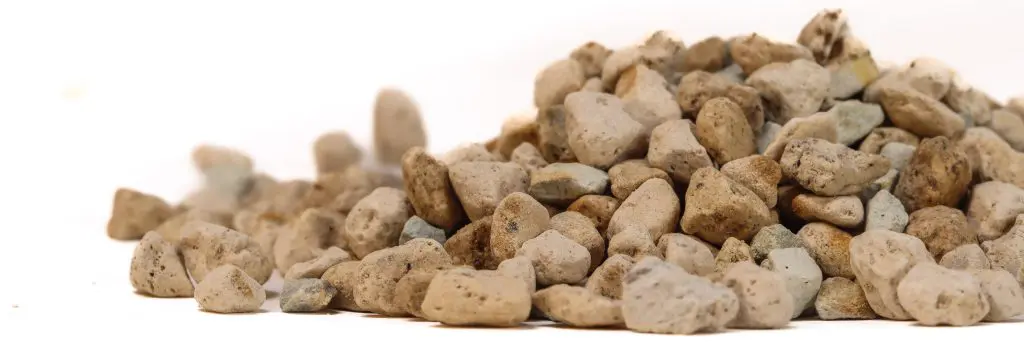
Buy one of my cousins from the nursery
Did you know?
Plantopedia is brought to you as part of our Engage & Bloom workplace experience program.
explore more
Why not continue your journey through the plant world. Explore more plants, their stories, habitats and the benefits they bring to spaces.

